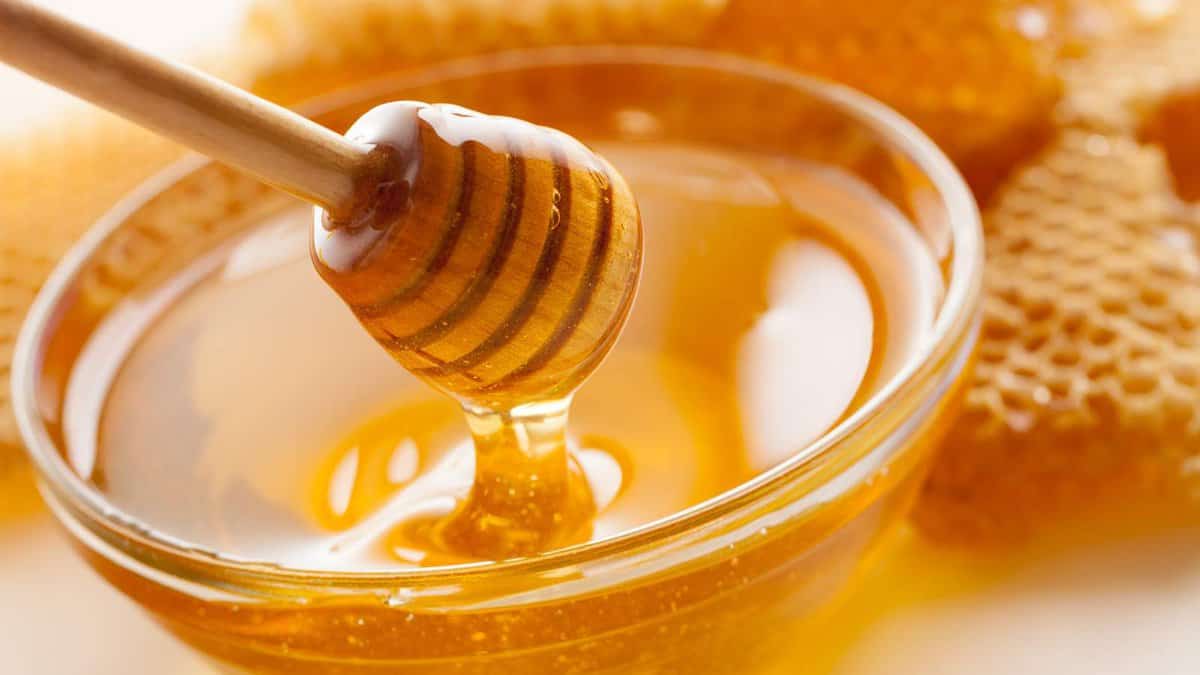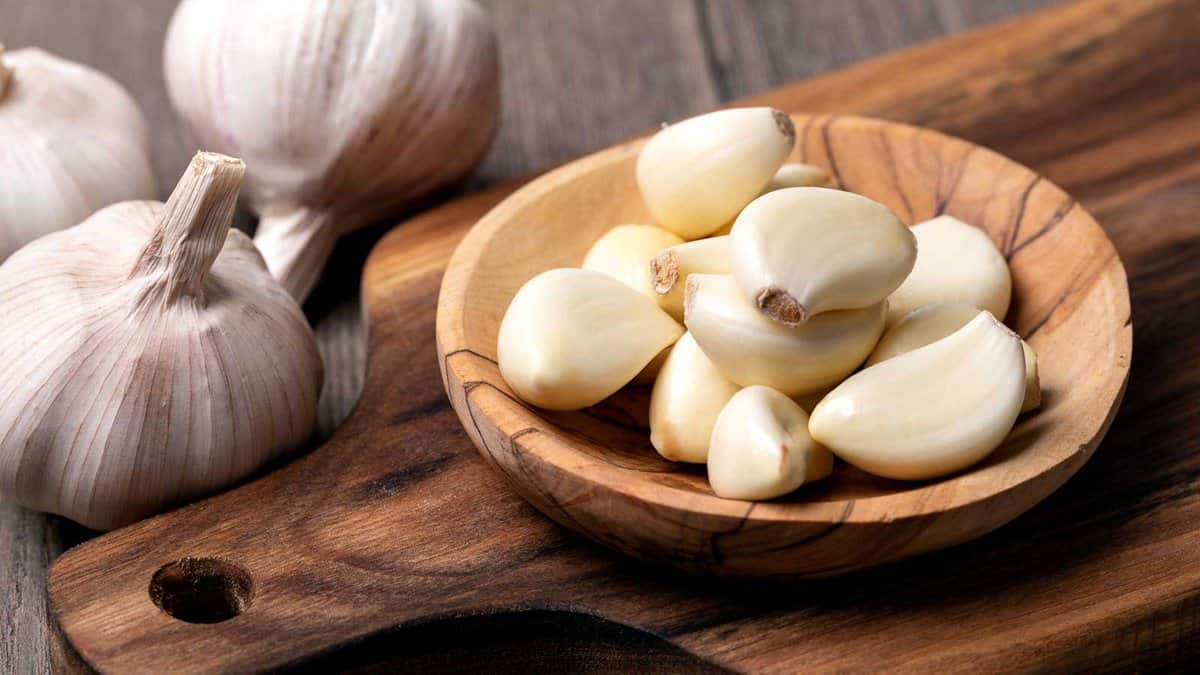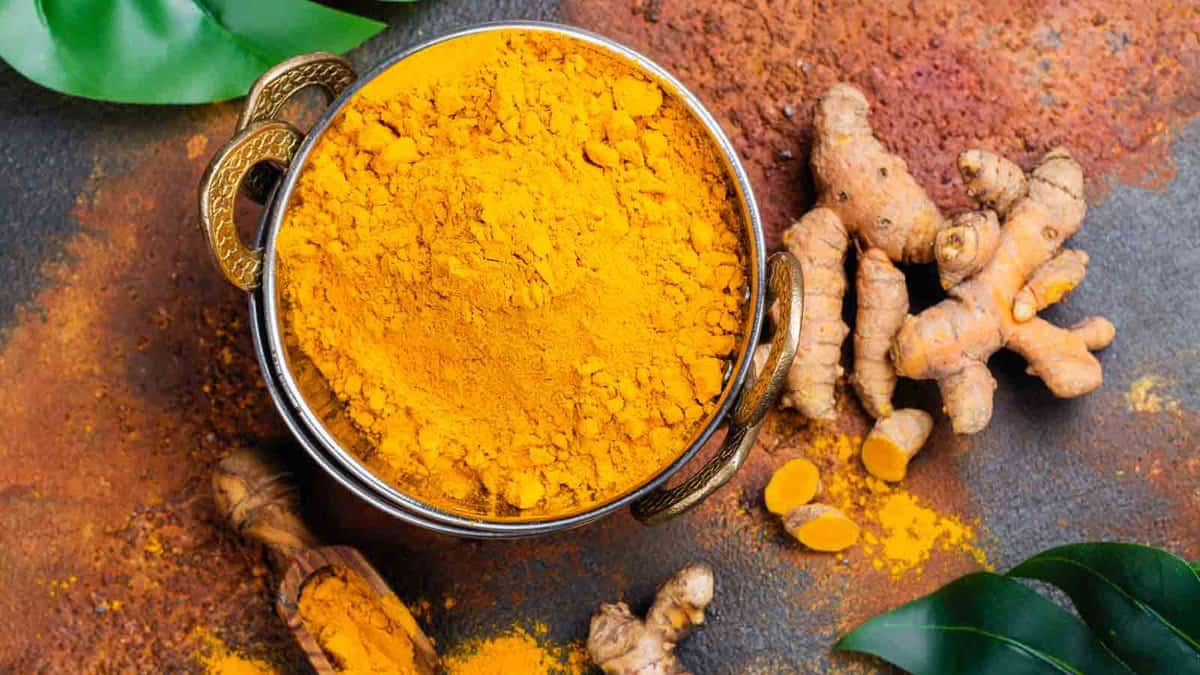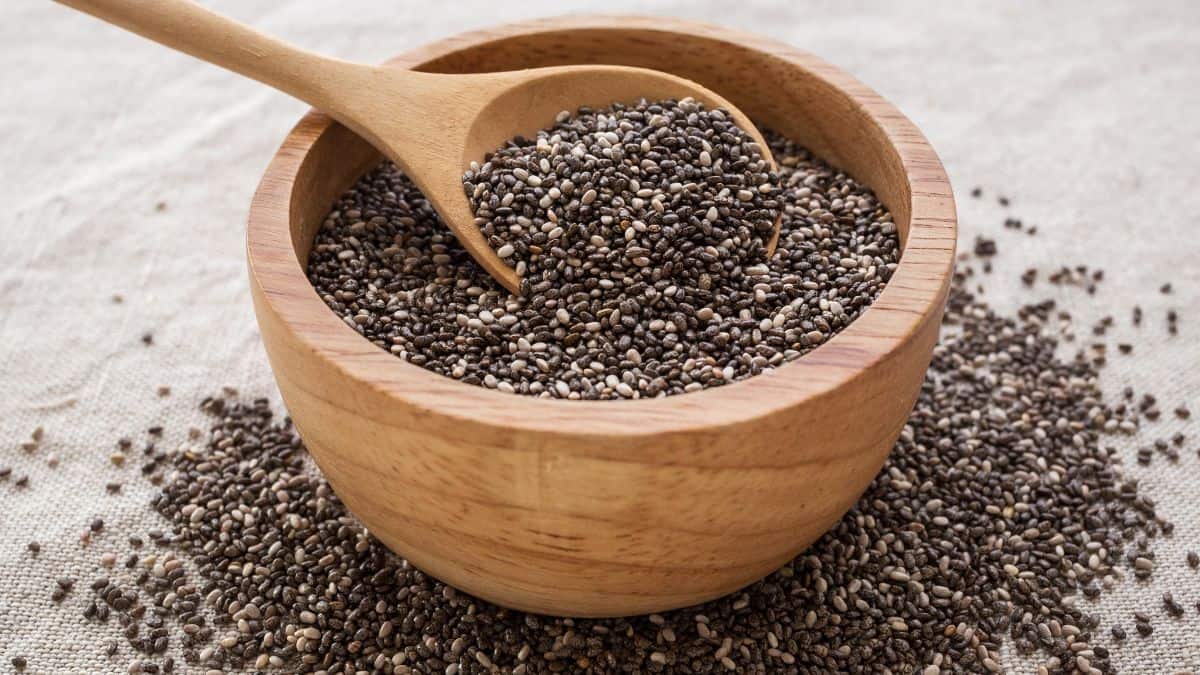Before supplements and fancy health drinks, kitchens were stocked with everyday staples that pulled double duty as food and remedies. These weren’t trendy or complicated—just simple, reliable fixes passed down through generations. Many of these foods still prove their worth today, holding their ground with solid science and time-tested results. Here’s a list of the classics that earned their place as household heroes and why you might still want to keep them on hand.

Chicken Soup


Known as “Jewish penicillin,” chicken soup has anti-inflammatory properties, thanks to amino acids like cysteine released during cooking. It helps thin mucus, soothe sore throats, and replenish fluids when you’re under the weather. Adding garlic or ginger boosts its healing power.
Honey


Honey isn’t just sweet; it’s a natural antimicrobial. It’s used to soothe sore throats and heal minor cuts. The enzymes in raw honey release hydrogen peroxide, which makes it great for fighting bacteria. A spoonful before bed can also ease nighttime coughs.
Ginger


Ginger is a powerhouse for nausea, digestion, and inflammation. Its bioactive compounds like gingerol can calm an upset stomach, ease joint pain, and even fight cold symptoms. Brewed into tea or added to dishes, it’s a go-to for its quick soothing effects.
Apple Cider Vinegar


ACV was a household remedy for digestive issues and sore throats. The acetic acid promotes healthy gut bacteria and balances blood sugar levels. Dilute it with water to avoid harshness and sip for heartburn relief or use as a natural disinfectant.
Garlic


Rich in allicin, garlic is a natural antibiotic with antiviral and antifungal properties. Crushed raw, it can boost immunity, lower blood pressure, and even fight infections. Grandma might have added it to chicken soup or insisted on a clove raw for a quick immunity boost.
Lemon


Packed with vitamin C, lemon juice was a natural go-to for boosting immunity and fighting colds. Mixed with honey, it became a throat-soothing drink. The citrus helps alkalize the body, despite its acidic taste, making it a staple for overall wellness.
Oatmeal


Beyond being breakfast, oatmeal was used to calm irritated skin. Its anti-inflammatory compounds, like avenanthramides, make it great for soothing eczema or rashes. Applied topically as a paste or in a bath, it reduces itching and redness almost instantly.
Turmeric


This golden spice was a favorite for its anti-inflammatory and antioxidant properties. Curcumin, its active compound, helps with joint pain, digestion, and even colds. Mixed into warm milk (golden milk), it was a soothing drink for aches or flu symptoms.
Cabbage


Cabbage leaves were used as a compress to reduce swelling, especially for nursing mothers. Rich in vitamins and phytonutrients, cabbage juice was also consumed for stomach ulcers and digestive discomfort. Its natural sulfur compounds aid in detoxification.
Yogurt


Live cultures in yogurt promote gut health, making it a remedy for digestive issues. It was often used to calm upset stomachs or replenish probiotics after illness. Applied topically, it could even soothe sunburns or irritated skin.
Cranberries


Cranberry juice was trusted for urinary tract health long before research confirmed its benefits. The proanthocyanidins in cranberries prevent bacteria from sticking to the bladder walls, reducing the risk of infections. Fresh or dried, it’s a tart powerhouse.
Beets


Beets were thought to “purify the blood,” and modern science backs up their ability to support liver health and lower blood pressure. The nitrates in beets improve circulation and energy, making beet juice a favorite for both athletes and grandmas looking for natural boosts.
Fermented Foods (Sauerkraut)


Sauerkraut and other fermented foods were staples for gut health. Packed with probiotics, they aid digestion and boost immunity. The high vitamin C content also made sauerkraut a lifesaver during winter months to prevent scurvy.
Cod Liver Oil


This wasn’t just grandma’s cure-all—it’s rich in omega-3 fatty acids and vitamin D, supporting bone health, immunity, and heart function. A spoonful a day was the unflavored wellness shot of its time, even if it didn’t go down easily.
Blackstrap Molasses


This nutrient-rich sweetener was used to combat iron deficiency. Packed with minerals like calcium, magnesium, and potassium, it was stirred into warm water or milk as a tonic. It’s still considered a natural energy booster and a remedy for PMS symptoms.
Peppermint


Whether for headaches, nausea, or digestion, peppermint was a go-to. A cup of peppermint tea relaxes the digestive tract and clears sinuses. Fresh leaves were also chewed for bad breath, making this a versatile household healer.
Chia Seeds


These tiny seeds were used for sustained energy and hydration. Rich in omega-3s and fiber, they were soaked in water to create a gel-like consistency that was easy to digest and packed a nutritional punch.
20 Reasons Why Grandma’s Cooking Would Get You Canceled Today


Grandma’s cooking had a certain charm—she knew how to stretch a meal and make the most out of what she had. There’s something to be said for her no-nonsense approach, and maybe we could all learn a thing or two from her methods. But let’s be real: not everything she did would fly today. Times have changed, and some of her beloved practices would probably get a few raised eyebrows—or worse—in today’s world. So while we might want to embrace a bit of Grandma’s wisdom, it’s also okay to leave some of her habits in the past.
Read it Here: 20 Reasons Why Grandma’s Cooking Would Get You Canceled Today
10 Things Grandma Did In The Kitchen That We Should Bring Back


Remember when Grandma ruled the kitchen with her tried-and-true methods? She didn’t need fancy gadgets, just a few solid techniques that somehow made everything taste amazing. While we’re busy scrolling for shortcuts and pre-made options, Grandma had tricks up her sleeve that made meals rich, flavorful, and without half the waste. It turns out, a lot of her old-school habits are exactly what we need to bring back in this fast-paced convenience world we live in today.
Read it Here: 10 Things Grandma Did In The Kitchen That We Should Bring Back
*Select images provided by Depositphotos.
Gina Matsoukas is an AP syndicated writer. She is the founder, photographer and recipe developer of Running to the Kitchen — a food website focused on providing healthy, wholesome recipes using fresh and seasonal ingredients. Her work has been featured in numerous media outlets both digital and print, including MSN, Huffington post, Buzzfeed, Women’s Health and Food Network.


